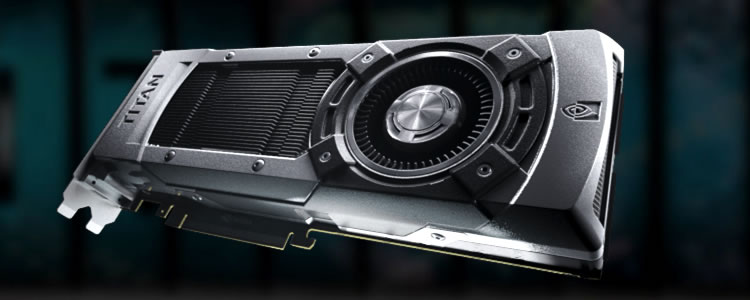Rating a $1,000 Graphics Card
The GeForce GTX Titan is in a master class of what is technically possible right now, and although that makes it a fairly niche product, it's a niche product that had no trouble manhandling the other top single-GPU cards by Nvidia and AMD, which should draw plenty of attention from well-funded enthusiasts.
Compared to the GTX 680, the GTX Titan averaged 42% faster in our frames per second testing and 29% faster in our frame time testing. At its worst, the Titan was only 10% faster than the GTX 680 in Crysis 3, but in games such as Far Cry 3, Sleeping Dogs and Hitman: Absolution, it was more than 50% quicker.
It also dispatched the HD 7970 GHz Edition with an average of 30% more frames per second and 25% better frame latency. The average frame rate gap was narrowed to 13% when testing Sleeping Dogs, but even in that worst case scenario, the Titan still offered considerably better overall frame time performance.

Similarly, the GTX 660 Ti SLI cards were largely in line with the Titan's fps, but they were 15% slower in terms of latency, while the dual HD 7950 Boost cards may have offered 21% more fps, but the Titan had 21% faster frame times, which means you'd get smoother gameplay regardless of the fps data.
Overall, the Titan gave a remarkable showing, but it's one thing to admire its performance and another thing entirely to spend $1,000 on it. At that price, buying a Titan doesn't make a whole lot of sense for most users given that a pair of GTX 660 Tis in SLI will deliver a comparable gaming experience for around $400 less.
Furthermore, for the same rate the GTX 690 – which we also believe to be overpriced – is faster still. That said, if you gave me the option of the GTX 690 or the GTX Titan I would pick the Titan every time. As we've said repeatedly in past reviews, single-GPU solutions are less of a hassle to deal with.
With that in mind, if you have $1,000 burning a hole in your pocket, a pair of GTX 680s is probably your best bet, as the SLI performance will be fantastic and a single GTX 680 is still a very capable graphics card when SLI support isn't up to snuff, which can be the case fairly often among new game releases.
So, where does the Titan fit in? We think the point is to get at least two, if not three, for playing games at extreme resolutions well beyond 2560x1600. When you get right down to it, this is a card for the same folks who buy Intel's Extreme Edition chips, except they're actually getting something special here.
score
Pros: Best (and fastest) single-GPU graphics card on the market. Efficient and elegant solution inside and out.
Cons: Steep pricing means the Titan is reserved solely for the 1%. You can do almost as well with a cheaper GTX 660 Ti SLI setup.
